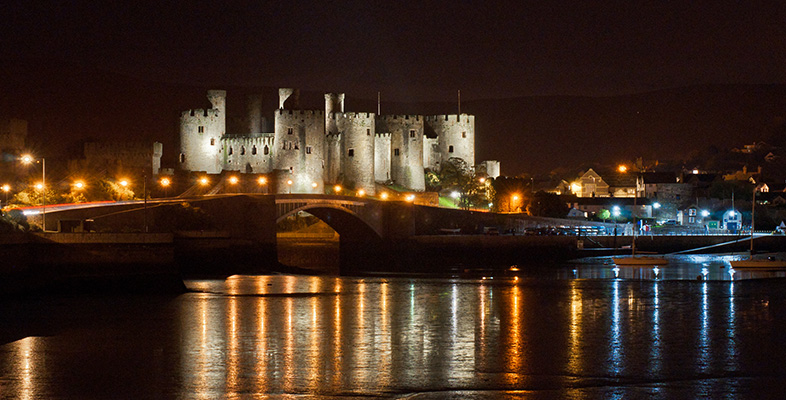2.1.3 Perceptions of regional differences in ‘Welsh character’
The kinds of officially defined, large-scale or ‘macro’ distinctions we have been considering provide only a broad interpretation of variations within Wales, and are not likely to coincide precisely with the impressions formed by ordinary people, who often see things from a more detailed, local or ‘micro’ perspective, formed ‘on the ground’. Rather than objective and systematic scientific research based on statistical evidence, their views are more likely to rely upon everyday commonsense knowledge of the sort that ‘everybody knows’. Similarly, people do not always use sociological or academic language when talking about these topics, yet in their own way they do show great interest in and sensitivity towards them. For example, in Brian Roberts’ account of his research into attitudes towards Welshness in a south Wales valley he tells us that an informant referred to differences of ‘character’ between those living in different places. Contrasting residents of a nearby agricultural district with the inhabitants of his own exmining valley, he said, ‘In my opinion there’s a difference in the people there and in the Valleys. A different character you know’ (quoted in Roberts, 1999, p. 121). Another of those interviewed expanded on this suggestion, using similar words:
There’s a Valleys’ character. If you went to West Wales, you’d find the Welshman is different, it’s a land-working Welshman. Here you have the industrial, south Welshman who is totally different to the north. There is a division between north and south and mid Wales.
As used here, ‘character’ is very like the term ‘identity’, which is widely used in recent social sciences research. As in these quotations, individuals and groups can form a sense of their own identity by comparing themselves to others, seeing who they are like and who they differ from. In making these distinctions, they draw upon their everyday experiences, in the places where they live, work, and enjoy themselves. A wealth of information and understanding is hidden behind comments like those just cited, and it is striking how important geographical differences of place seem to be in organising these perceptions of social difference. They imply that the individuals concerned possess a map of social variations, arranged according to the points of the compass, that can be summarised in the comparisons they make between different areas like ‘west Wales’ and ‘the Valleys’.
Activity 5
Take stock of what you have read so far.
To what extent would you agree that different Welsh ‘characters’ are to be found in different parts of Wales?
Why might this be the case?
If you could discuss the question with Brian Roberts’s interviewees, how do you think your views might differ from theirs?
Discussion
Both the informants cited above happen to be men aged 60 or more. They emphasise the type of work (industrial or agricultural) which they believe goes into forming the character of ‘Welshmen’ in particular. Would the same apply to Welsh women? Or to those younger than themselves? When you think about it, it is unlikely that (as suggested) people in south Wales will be ‘totally different’ from those living in the north. Indeed, they are bound to have much in common. Whether you stress the differences or the similarities depends on your frame of reference: people outside Wales might not notice differences of the kind highlighted by these comments. Yet there are some genuinely interesting and significant differences between places in north and south Wales, arising from what has occurred there in the past and from features of the contemporary situation, and it is quite possible that this has a bearing on how the people living in them think and behave.
These local variations, connected to place, have given rise to a rich tradition of local studies carried out by social scientists in Wales (for example, Alwyn Rees (1950) on Llanfihangel-yng-Ngwynfa; Ronald Frankenberg (1957) on Glynceiriog; and Isabel Emmett (1964) on Llanfrothen). These studies explore themes of identity and belonging, and the nature of Welshness, in a variety of different contexts. This tradition of social science research has ensured that Welsh social scientists, and Welsh places, have influenced how these issues have been thought about more generally. There is also a vein of important literary writing about Welsh places and communities which parallels the academic work in capturing what is special and distinctive about different places.
